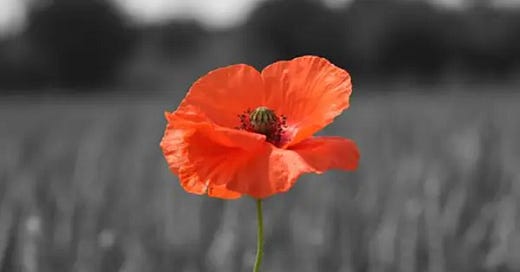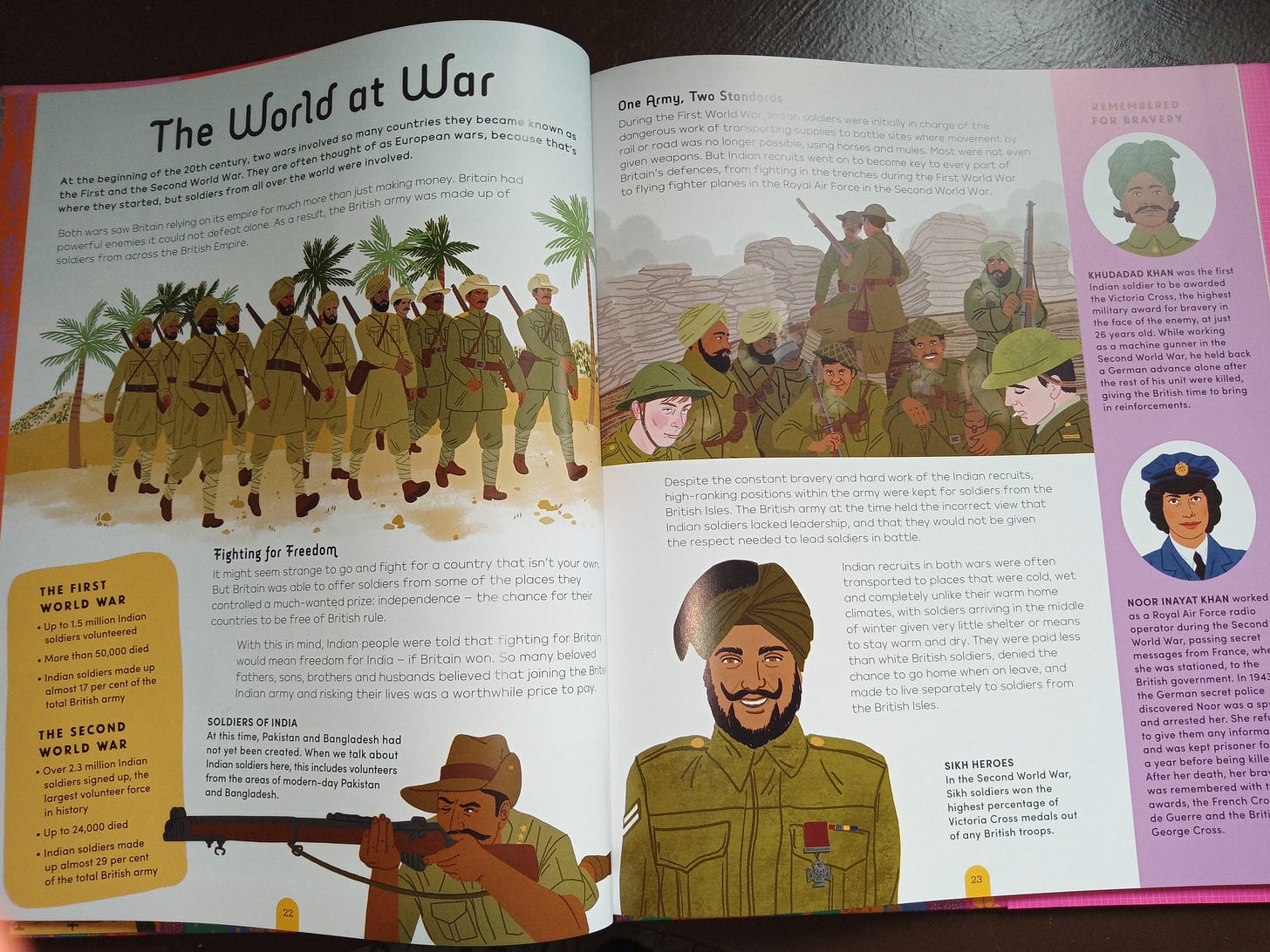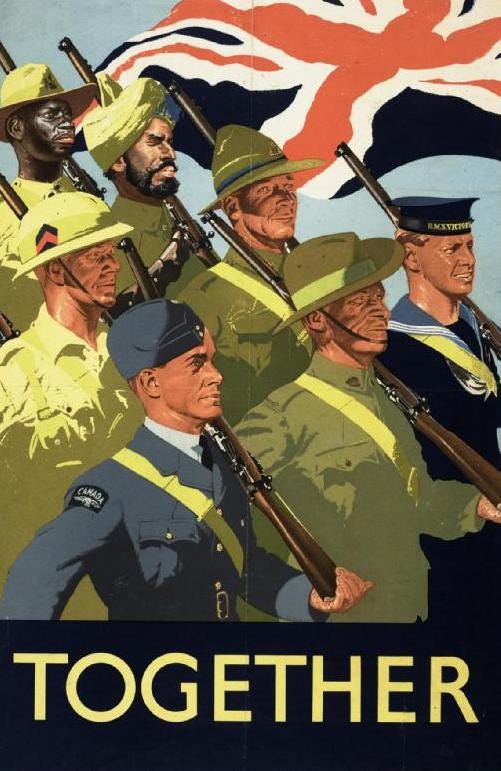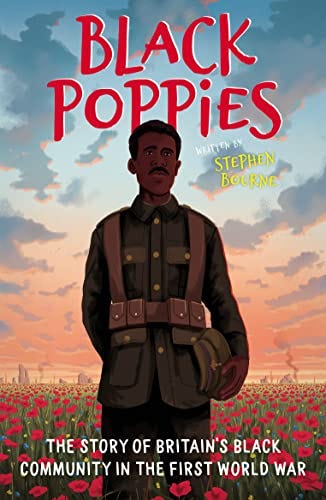We Will Remember Them
As November approaches, here as some ways for commemorating remembrance in your school.
As poppies start to appear pinned to newsreaders and Strictly contestants this autumn, you may be making plans to commemorate Remembrance Day in your school. It’s so important that pupils understand why it’s such a significant anniversary and what lies beyond the poppies (and ever increasing range of merchandise on sale). Not only does Remembrance teach pupils about key events of the past, it also recognises the contribution and sacrifice of so many for our way of life today and teaches children an important lesson about the human cost behind conflict.
Commemorating Remembrance Day as a whole school is a hugely important event that should be incorporated into the school calendar every year. Often pupils have their own tales to tell of family members past who were involved, and may have died, in conflicts and also of relatives currently serving in the Armed Forces. It is a vital opportunity to bring a school together with the local community and remind pupils that Remembrance not only marks WW1 and WW2 but all conflicts since.
If you’ve been asked to hold and assembly for your key stage or whole school and you’re not sure what to include, the Royal British Legion website is a great place to start. It has lesson ideas and assemblies for Key Stages 1-4. You’ll most like want to hold a minute’s silence on Armistice Day and it’s important for pupils understand the background behind this. The KS2 assembly also links the idea of service in the World Wars with the sacrifices of key workers during the Covid pandemic; indeed, this is an opportunity to draw some interesting parallels.
https://www.britishlegion.org.uk/get-involved/remembrance/teaching-remembrance
Using a picture book can be a good way of introducing younger pupils to the concept of remembrance and that we wear poppies because of events beyond pupils’ own lifetimes. Poppy Field by Michael Morpurgo (in conjunction with the Royal British Legion) is a great text to teach children this concept with sublime illustrations by Michael Foreman. It deals with WW1 and how the poppy became a symbol of remembrance. This poignant story is perfect for introducing younger learners to WW1 but is a book that would be enjoyed by all ages: there are great opportunities for linking it to writing and art work if you so wish. I will be reading this to my class during Remembrance week at our school, even though they are some of our older pupils and it’s a gorgeous book that can be appreciated by all ages.
There is also a companion book by Michael Rosen (once again illustrated by Foreman), Please Write Soon, which deals with two cousins writing to each other during WW2.
For KS1, the Historical Association has a useful scheme of work which can be found here if you are a member. This scheme looks at why the poppy is an important symbol for remembering the casualties WW1 and why it is important to remember the them.
For older pupils, family and local links can provide a great stimulus for historical learning about WW1 or WW2. A visit to your local war memorial can show pupils the magnitude of just how many young men from their area died during these conflicts and lead to some interesting research. Pupils in my class used the Commonwealth Graves Records to find out more about the individuals behind the names on their local war memorial. This allowed them to spot trends and patterns such as the average age of the fallen, to trace where in their town they lived and find out other details such as their regiment, in what battle they died and where they are buried. Some children might even find some family names amongst those listed and were able to pose questions about the memorial.
It’s also important to mark the contribution made by Commonwealth and former British Empire countries to WW1 and WW2. There is some really useful information from the National Army Museum here that shows the different nationalities who served in WW1. David Olusoga’s book Black and British and Donna and Vikesh Amey Bhatt’s Lands of Belonging (both are aimed at primary pupils but could easily be used with older pupils) contain sections on the contribution of Asian and African countries to both wars. It is important for pupils to understand that this was a global conflict, not just one fought between European countries, that affected lives all across the world. Geography work could also be incorporated so pupils could map which countries fought as part of the Allied Forces during the wars.
Stephen Bourne’s recently released children’s version of Black Poppies gives a fascinating insight into the lives of Black servicemen during WW1. It’s a brilliant read for anyone on an aspect of WW1 that has hitherto been thinly covered. This would be great to use in the classroom to mark the contribution by Black British soldiers during this conflict.
Tom Palmer is a brilliant author who has written some excellent books set in WW1 and WW2. These are great as a class read but could also be used to support teaching on Remembrance. Tom is producing some resources specifically for Remembrance this year that look into the background of the people who inspired his characters. Keep checking this link for updates.
https://tompalmer.co.uk/remembrance-day-2022/
Getting involved with your local community can be a great opportunity for pupils to get actively involved in commemorations. At my current school, a group of pupils represents the school every year by laying a wreath at our local cenotaph on Remembrance Sunday. Pupils enjoy this opportunity of coming together with the wider community.
Art is another way in which pupils can commemorate Remembrance (as mentioned above, Poppy Field is an amazing book which could provide a great starting point for such work). You might ask all pupils to create a poppy to display somewhere in school as part of this special event. You could even replicate the poppies displayed at the Tower of London a few years ago: you might display these as an installation in school or create an outdoor school or even community poppy cascade. Pupils love being creative and it’s a great opportunity to chat about the symbolism of poppies while they’re working on art projects. Remember, that if you choose to include some art as part of your commemorations that you should also back it up with some solid learning about why the poppy is such an important symbol.
Whatever way your school chooses to commemorate Remembrance this year, it is important to create a meaningful anniversary so that pupils see more than just the poppies they buy and that they understand the history, significance and sacrifice behind it.













